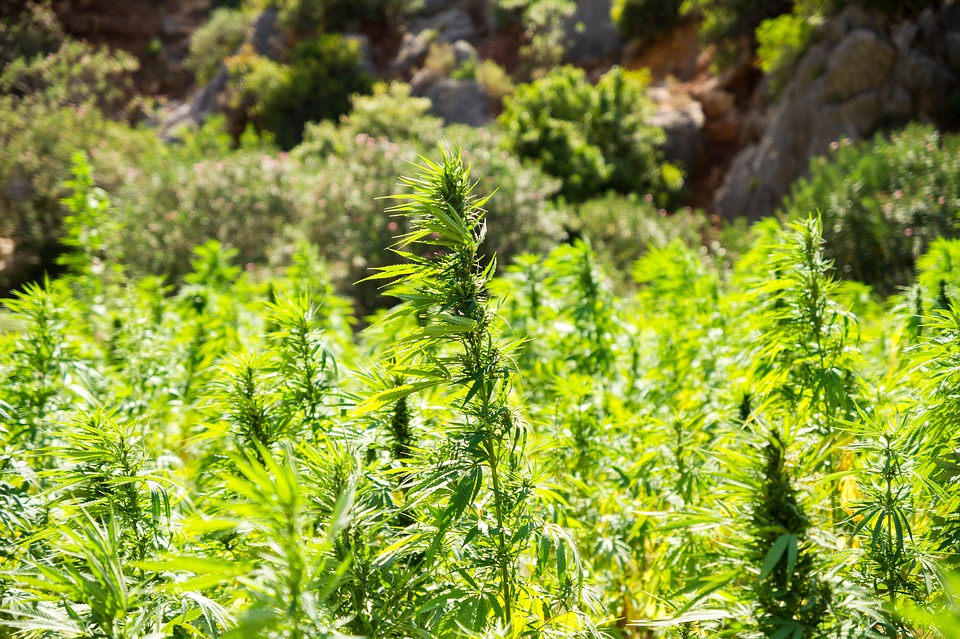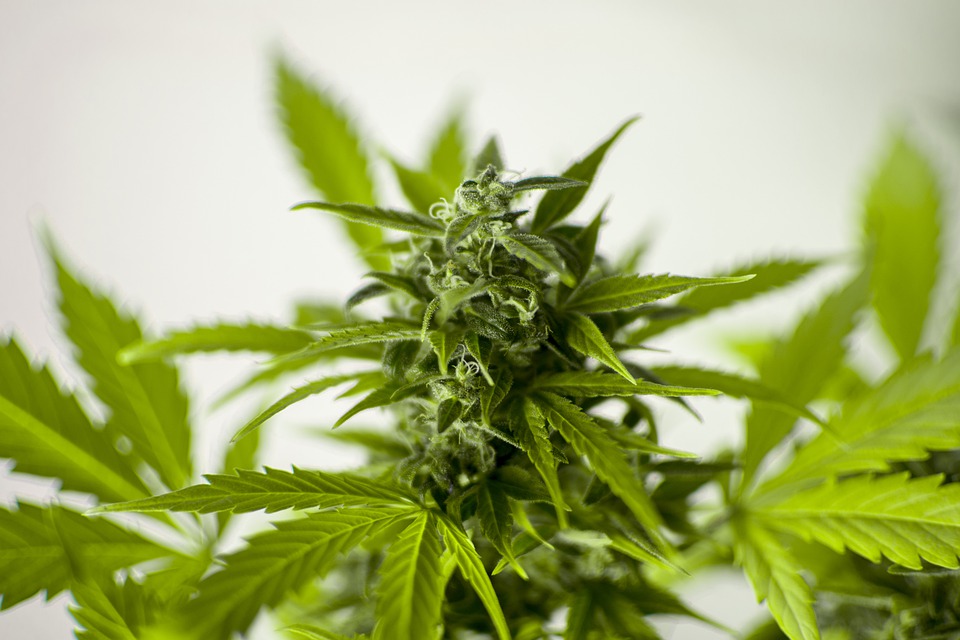
One of the greatest lessons to learn from our ancient predecessors is about living with nature, without destroying her. Unfortunately, with the progress of civilization, we’ve learned to play God - to take control and harness everything possible for so-called improvement in our standard of living.
That has proved to be a rather short-sighted way of living, though. In our zeal to master nature, we’ve been systematically destroying her - digging our own graves, in other words. Now that global warming and climate change are realities staring us in the face, we’ve suddenly become conscious.
We have now realized the inherent folly of our arrogance. With that realization, there is a renewed interest in learning from ancient wisdom. Hemp, Mother Earth’s favourite creation, has returned in full glory along that route.
The Hemp Saga
Maybe everyone knows it, but this wonder plant has suffered enough to deserve this little repetition we think. Hemp is NOT a drug. It does have a relationship, though, with narcotic cannabis, or marijuana as it is known in some parts of the world.
Hemp belongs to the same plant species as drug cannabis: Cannabis Sativa L. Like narcotic cannabis, hemp is also technically a weed: it grows fast and naturally, with little care. But hemp does not have the psychoactive effect of marijuana.
That is because the presence of tetrahydrocannabinol, better known as THC, is limited to 0.3% or less in hemp. THC is the psychotropic element the high presence of which gives marijuana its capacity to give people a high. Hemp is safe. Hemp is clean.
Hemp and Sustainability
Sustainability has become a buzzword today, and for a reason. We have been reckless enough to deplete the natural resources of the earth in a manner that has now forced us to think of sustainability. Simply put, it denotes a boundary for us.
We have to learn to satisfy our current needs in a manner that the planet remains habitable for future generations. In practical terms, sustainability means the ability to continue human existence without damaging the natural ecosystem any further.
Our capacity to coexist with the biosphere is being tested today, and hemp is one of our best friends in that ordeal. A plant tracing its roots way back to the Neolithic ages, hemp is quite extraordinary in its versatility. The whole plant can be used for almost anything we need.
Way back in 1938, USA’s favorite science magazine Popular Mechanics wrote about hemp as ‘the new billion-dollar crop’, usable for 25,000 different products. A 2002 article in the book Trends in new crops and new uses provides this information.
Hemp for the Soil
The same article tells us that hemp is ideal for organic agriculture and is an eco-friendly crop. On a biodiversity friendliness scale of -11 to 10, hemp grown for fiber use has a score of 2+ and hemp grown for oilseeds scores just above 6.
One the negative (-) side are plants with different levels of ecotoxicity. On the positive side are plants that help the ecosystem. This grading is on the basis of 26 factors that affect our ecosystem favorably or on the contrary.
Hemp is a recognized soil conserver. Farmers have traditionally used hemp as a rotation crop as it revitalizes the soil. The remains of the plant become nutrients for the soil. It also has the capacity of absorbing harmful minerals from the soil and leaving it safer for other crops.

Hemp for Paper
Indiscriminate deforestation in the name of development has been one of the typical factors for environmental degradation. Among the many reasons for felling trees, producing paper is one. Mother Nature’s pet plant can help us there. Apart from being an eco-friendly plant, hemp can be used for producing paper.
Historians tell us that the Chinese made the first paper from hemp fibers some 2000 years ago. Till the early 19th century, hemp and flax supplied the main materials for making paper. The wood-based paper gradually took over from then on.
Wood-based paper production has significant environmental costs. A policy study by the Reason Foundation published in 2008 informs that wood-based paper production is the fourth most energy-consuming industry in the US.
The paper industry was responsible for 5.6% of all carbon emissions in the country in 2005. Since the 1980s, paper use has increased by 400% globally, says a 2018 article in the World Atlas. The paper industry’s role in deforestation has naturally become significant.
It also involves the use of chemicals like sulfur and chlorine, which have hazardous effects on the environment. These are needed to separate the cellulose from the lignin. Also, discarded paper and paperboards constitute about 26% of solid waste dumped in landfills.
When broken down, the remnants of paper and paperboards emit methane, a greenhouse gas. Hemp paper is twice more recyclable than wood paper, is stronger, and its production does not need too many chemicals as the cellulose-lignin balance is more favorable.
Europe already has an established market for hemp pulp for specialty paper. Such paper is used to produce art paper, banknotes, cigarette paper, hygiene products, tea bags, and technical filters.
An article published by the US Department of Agriculture (USDA) in 1916 mentioned that an acre of hemp can grow four times more paper in roughly four months than an acre of trees in a 20-year cycle. Substituting wood-based paper by hemp paper would both save some trees and help reduce other environmental hazards.
Hemp for Twines and Textiles
Hemp fibers have a rich history full of many interesting anecdotes related to their use as fabrics. King Henry VIII of England made it compulsory for farmers to dedicate one fourth per acre for cultivating hemp. The English ships needed hemp fibers for their sails and anchoring ropes.
However, hemp fibers can produce much more. Canvas used to be made of hemp cloth. Incidentally, the word canvas derives from cannabis, the plant species that hemp belongs to. Fashion labels have started experimenting with hemp textiles in response to the aspersions cast on the industry’s lack of environmental commitment.
With a feel like linen, hemp fabrics have higher tensile strength than cotton and offer complete protection from the hazardous UV rays. In terms of eco-friendliness, hemp needs about half the water of cotton and no biocides.
One of cotton’s most polluting effects lies in the crop’s need for high pesticide use. Naturally resistant to pests, hemp needs none. Being technically a weed, hemp needs no herbicides either. This is one of the most readily accepted eco-friendly aspects of hemp.
Hemp Bioplastic
Plastic pollution is the next most talked about topic after global warming and climate change. Plastic production escalated to 448 million tons in 2015. In 1950, the global plastic production was only 2.3 million tons, says a National Geographic article.
Microplastics from single-use disposable plastic currently threatens the life and habitat of about 700 species. Some of them are already on the endangered list. Hemp is nature’s solution to plastic pollution . It is possible to make 100% biodegradable plastic from hemp fibers.
The use of hemp bioplastic would save the world’s biodiversity. With hemp bioplastic, there would be no microplastics clogging our water bodies and killing our marine and wildlife. It would also reduce our dependence on fossil fuels. The conventional plastic we use today is a fossil fuel derivative.
Plastic composites made from hemp fibers for the automobile industry is an established practice in Europe. It has been consciously developed as a green alternative to reduce the ecotoxicity of the automotive industry and to promote the use of hemp as a renewable energy source.
There are lessons for other industries to learn from the automotive industry. They need to explore the potential of hemp fibers to produce eco-friendly materials to substitute plastic and metals.
Hemp for Biofuels
In 1941, Henry Ford, the father of the modern car industry in the US, designed a car using hemp bioplastic. He also intended to run it on hemp biofuel. The oil-rich plant can yield both biodiesel and ethanol - another potential opportunity to reduce our dependence on fast-depleting fossil fuels.
Hempcrete and Hemp-Clay
Combined with a binder like lime or clay, hemp yields construction materials fit for varying purposes. Hemp composites provide excellent insulation material for buildings. Insulation by hemp boards and other hemp composites saves energy. Hemp has an astonishing thermal retention capacity, which gets released when the atmosphere is cooler.
Hempcrete or hemp-clay buildings are a green alternative to the pollution caused by the construction industry. The construction industry is responsible for about 4% of greenhouse gas emissions. It also uses more water than any other industry.
Hemp-clay has a slight advantage over hempcrete in this context. Lime is a non-renewable binder and needs water for the hempcrete to solidify. Clay is also not renewable, but its supply is far more abundant than lime. Also, hemp-clay solidifies on its own, with no need for water.
Hemp and Carbon Dioxide
Increased use of hemp makes the environment that much greener by reducing the presence of carbon dioxide in the atmosphere. That is the gas behind oft-used conditions like global warming and greenhouse gas emission. Excess carbon dioxide in the earth’s atmosphere traps heat, just like a greenhouse.
That causes global warming and climate change. The carbon sequestration capacity of hemp is extraordinary. One acre of hemp can sequester as much carbon dioxide as 22 acres of trees. More importantly, hemp stores the carbon inside even after it is harvested. That makes hemp products greener.
The more hemp we grow and use, the greener we can make our planet. It is time that we became more serious about this nature’s gift to us.
Written by Vishal Vivek
About the Author
Vishal Vivek, runs a Non-Profit organization Hemp Foundation to increase awareness about the most misunderstood plant on the planet. He believes that we can fight climate change, water crisis and plastic pollution with hemp as well as help the poor farmers and artisans with this magic crop. Times Group recognized him as a legendary entrepreneur and published his biography in "I Did IT- Vol 2" at the age of just 30! His email is info@hempfoundation.net
You may also like
The Most Effective Steps That Help You Become More Environmentally-Friendly
Making Your Home More Sustainable: Our Top Tips
Brazil Takes a Leap Towards Medical Cannabis
